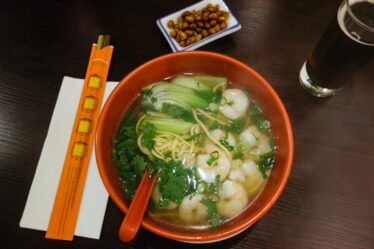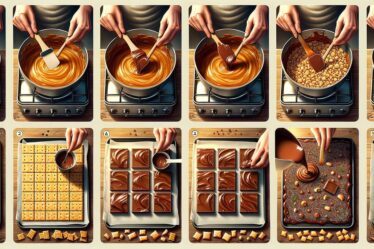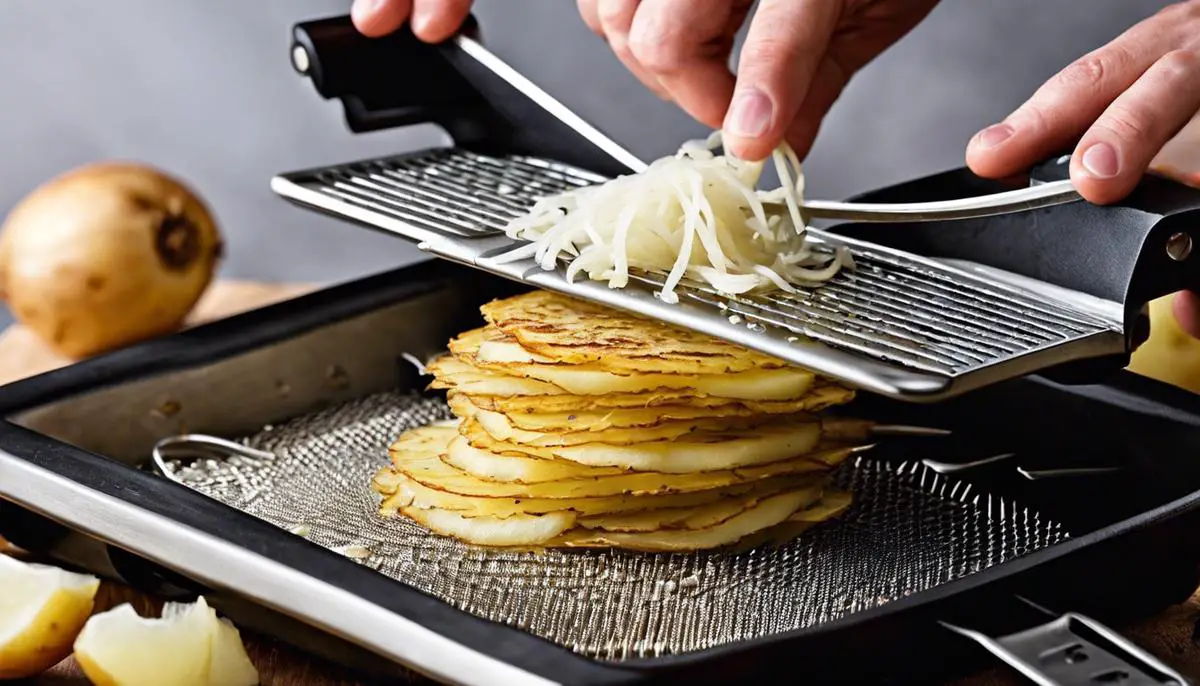
The humble latke, a beloved staple of Hanukkah celebrations and a crowd-pleaser in many homes, carries with it the promise of a crispy, savory delight. Crafting the perfect latke is an act of love and attention to detail, beginning with the essential step of grating potatoes and onions. By mastering this initial technique, home cooks can ensure that their latkes achieve a harmonious balance between texture and flavor, providing a sturdy foundation for the subsequent steps in preparation. In the journey to create the ultimate latke, we also stumble upon the crucial process of removing excess moisture, a step that safeguards the latkes against sogginess and paves the way for their transformation into golden, crisped treasures of the frying pan. Indeed, the art of frying latkes is not just a cooking procedure but a culinary rite that, when executed with finesse, yields a product that is as deeply satisfying to concoct as it is to consume.
Grating Potatoes and Onions
The Secret to Crispy, Fluffy Latkes: Mastering Potatoes and Onions
Ah, latkes! Those crispy golden treasures that make our taste buds dance with joy. To the uninitiated, they may seem like humble potato pancakes, but to those of us who cherish the craft of cooking, they’re a canvas for culinary magic. Achieving that perfect latke texture—a balance between a crispy exterior and a fluffy interior—is the Holy Grail for any kitchen maverick. And it all begins with the proper preparation of potatoes and onions.
Potatoes, the starchy backbone of the latke, need to be treated with respect and understanding. Firstly, choose the right spud; Russet potatoes are the go-to for their high starch content and ability to crisp up marvelously. Give them a good scrub under cold water, and peel them meticulously—every bit of them—because precision matters in this gastronomic pursuit.
Now comes the crucial part: grating. A box grater does the trick, with the side sporting those slightly larger holes. Grate with gusto but watch those knuckles; we want potatoes, not finger shavings, in our latkes. Now, this next step separates the novices from the connoisseurs—draining. Bundle up the gratings in a clean kitchen towel and wring out the excess moisture like you’re squeezing a confession from a lemon—forcefully but with care. Remember, water is the nemesis of crispiness.
For the onions, we seek a partner to the potato that brings both sharpness and a hint of sweetness. A yellow onion will rise to the occasion. Peel it, halve it, and continue the dance of the grater, creating thin shreds alongside the potato. Here, too, the towel technique applies. Drain the onion tears aggressively; these are not the tears we want seasoning our latkes.
Once both main characters of our latke tale are adequately prepared, a liaison of eggs and a bit of flour or matzo meal will bind them, along with a dash of seasonings—salt, pepper, maybe a whisper of garlic for the daring. Mix them but do not overwork; we’re not building a potato temple, we’re making latkes.
Heat a generous glug of oil in a skillet, just enough to come halfway up our latkes. This isn’t a deep-sea dive; it’s a delicate wade. When the oil shimmers like a serene lake on a summer day, gently place spoonfuls of our mixture into the pan. Flatten them slightly; a latke isn’t a pillow—it’s a pancake, and it longs for even cooking.
Now, patience. Watch as the edges turn golden, and when they speak to you of readiness, flip them gently. They should radiate the warmth of a golden-brown, autumn leaf. Once both sides have achieved this level of radiant beauty, lay them to rest on a wire rack over a baking sheet. This keeps them crisp while ensuring they’re not lounging in excess oil.
The perfect texture is a symphony of contrasts: the crunch of the edges, the tender, almost creamy center, creating a chorus in your mouth with each bite. Serve them hot, with applesauce or sour cream—or both if you’re feeling intrepid. And there you have it, a latke worth its weight in potatoes. It’s not just food; it’s a story on a plate, shared with gusto.
And, in the spirit of the season, remember that these potato delicacies are best when surrounded by good company and lively conversation. So gather your friends, share the latke love, and remember that every crispy bite holds the power to connect us through the universal language of sensational flavor. Happy frying!
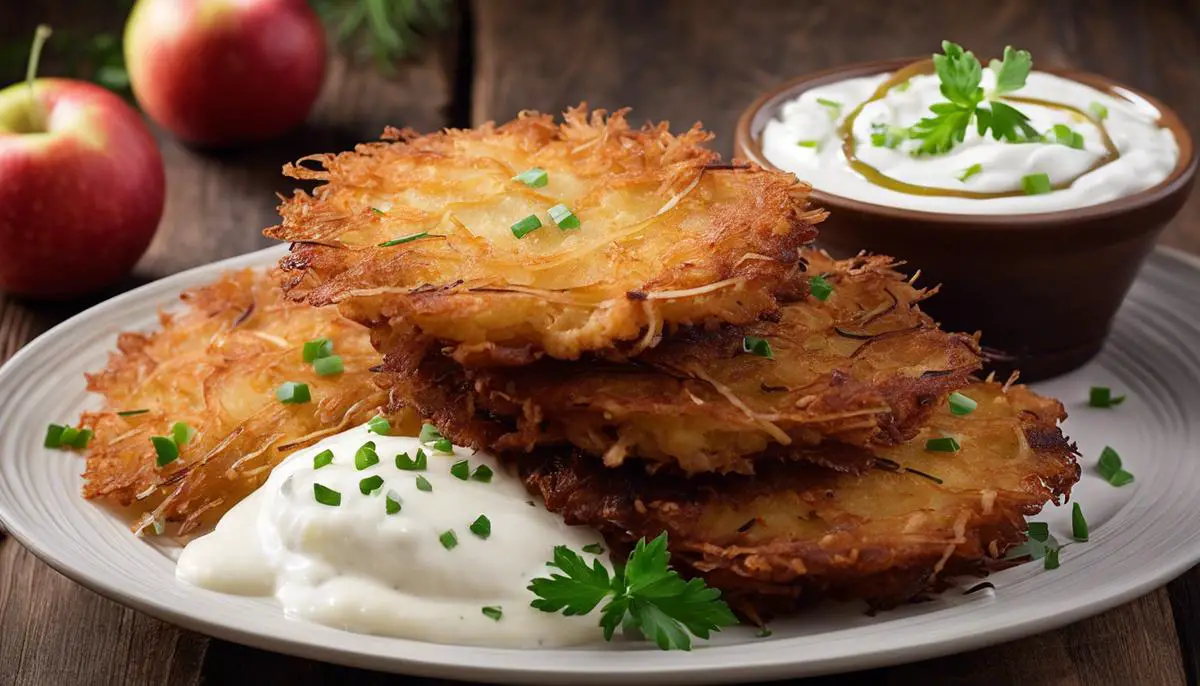
Removing Excess Moisture
Tackling the Latke Conundrum: The Necessity of Banishing Moisture
Now, the spotlight is shining squarely on the critical step of removing moisture from the latke mix — an unskippable chapter in the saga of crafting the quintessential latke. Every budding chef knows that the magic of the perfect latke lies not only in its ingredients and companions but primarily in its texture: that unmistakable symphony of the crispiest edges giving way to a tender, perfectly cooked interior. The path to this texture? Pavement laid by the removal of moisture.
Why zero in on moisture, you may ask? Consider this: moisture is the arch-nemesis of the coveted crunch. When it’s time to introduce those little potato parcels to the sizzling dance floor of hot oil, moisture is the unwanted guest that turns a fiesta into a fizzle. Excess water trapped within the potato shreds generates steam, and when that steam comes in contact with the heated oil, it’s forced out, causing the oil temperature to drop and your latkes to absorb more oil instead of being seared by it. The result? A greasy, limp latke that’s a far cry from the crisp marvel one aims for.
But how does one ensure the moisture has indeed vacated the premises? After those potatoes have been shredded, they should be bundled up in a clean tea towel or cheesecloth and wrung out with Herculean effort. Some aficionados go the extra mile and pair muscle with machinery, such as a potato ricer, to apply heavyweight pressure that’s sure to squeeze even the shyest droplets out of hiding. This is one workout that pays off with each golden bite.
Furthermore, consider the unveiling of the latkes from the skillet—do they seem to be wading in a pool of oil? If yes, that’s telltale evidence that the mix was too moist to begin with, dampening the dreams of a perfect latke. As those grated strands hit the hot oil, they must sizzle instantaneously, creating an impenetrable barrier that locks in the soft interior.
No one should let a bit of potato juice derail their quest for the ultimate Hanukkah hero or anytime appetite pleaser. Take the time to expel that moisture, and the latkes will rise in golden glory, crunch in satisfaction, and stand as a testament to the dedication in the kitchen. Remember, a dry latke mix is your ticket to the crunch everyone craves, making each batch worthy of a celebration, not just a meal.
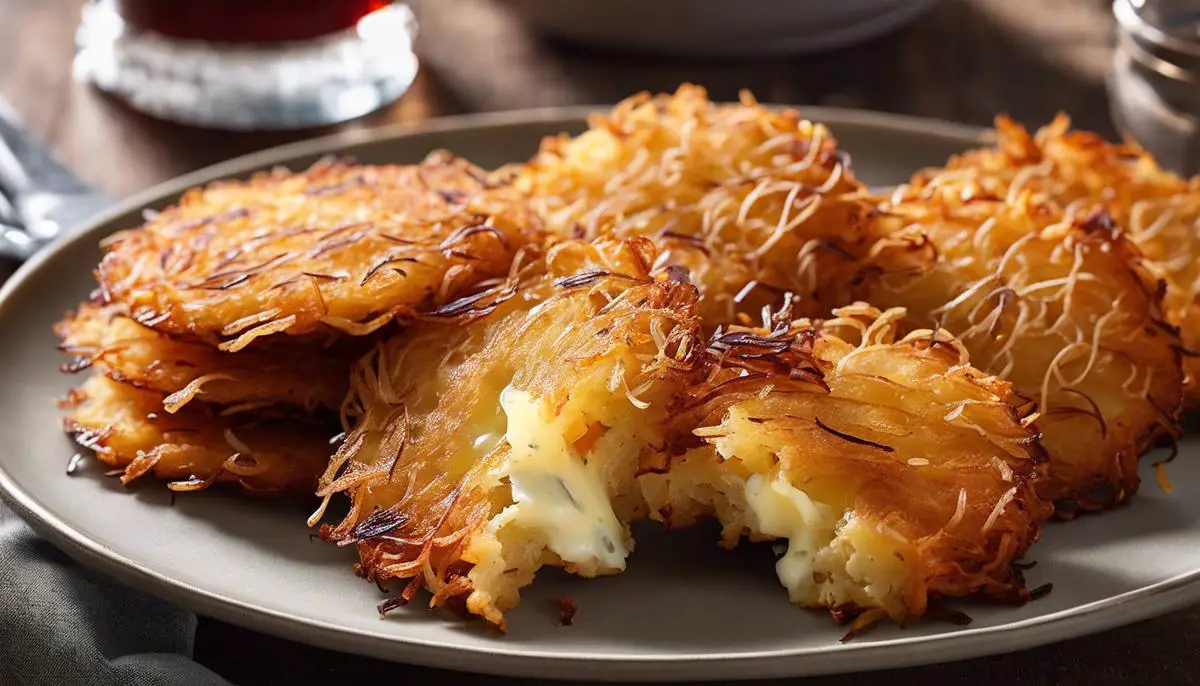
Frying Latkes to Perfection
Now that we’ve covered the groundwork for crafting the sumptuous, much-revered latke, let’s dive a little deeper into one of the crucial steps that can make or break this crispy marvel — the meticulous eradication of moisture from our beloved potato concoction.
Imagine this — you’ve grated your potatoes to perfection, binding them with the right mix of eggs, flour, and seasoning, but alas! Your latkes hit the skillet and instead of that satisfying sizzle, you’re greeted with a lackluster splat. Moisture, the arch-nemesis of the crunchy latke, has made its pesky presence felt.
Why does water wreak such havoc? Well, think of it as the barrier between your shredded potatoes and that flavorful golden exterior. Water lowers the oil’s temperature, stopping the latkes from crisping up, and leaves you with a greasy, soul-saddening, limp disc rather than the intended crunchy delight.
To avoid this culinary faux pas, after grating the potatoes, one must become a moisture vigilante. Enlist the help of a sturdy tea towel or a cheesecloth, bundle up those shreds and then twist and squeeze with the might of a thousand suns. Picture each drop of water as a thief, stealing away the crunch from your perfect latke. For those who prefer gadgets, a potato ricer can work wonders for expelling that unwanted liquid.
The true test comes when the latke mix meets the shimmering oil. That initial sizzle should sing the song of perfect prep, a testament to the dryness of your mix. Any sogginess lurking within will mute the masterpiece, leaving it lackluster in both texture and taste.
It’s this dedication to detail, a patient pursuit for expulsion of every last drop of moisture, that transforms the latke experience from mere food to celebration. The promise of a latke that’s crispy on the outside, tender on the inside, is worth the effort. And when achieved, it calls for a toast — to tradition, to textures, to tastes, and the tireless efforts that transmute simple ingredients into crunchy golden coins of joy that compel diners to celebrate every bite.
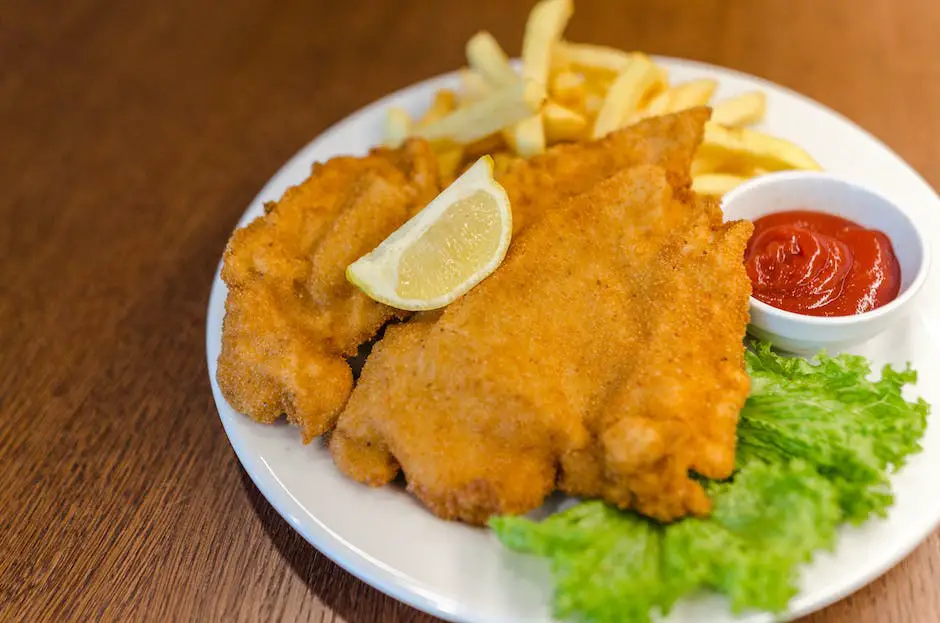
The sensory journey of creating latkes from scratch—feeling the coarseness of grated potatoes between your fingers, hearing the sizzle as they hit the pan, and smelling the tantalizing aroma as they fry to a perfect golden-brown—is one filled with tradition and anticipation. Whether served with a dollop of sour cream, a generous helping of apple sauce, or simply on their own, latkes possess the unique ability to bring people together and fill homes with joy. As the final latkes are placed on the serving platter, a sense of accomplishment fills the air. With each bite, the crisp exterior gives way to a tender, flavorful interior, encapsulating the love and care poured into each step of their creation. By mastering the techniques of preparation and cooking, you have invited a timeless culinary tradition into your home, satisfying the appetites and hearts of those gathered around your table.


